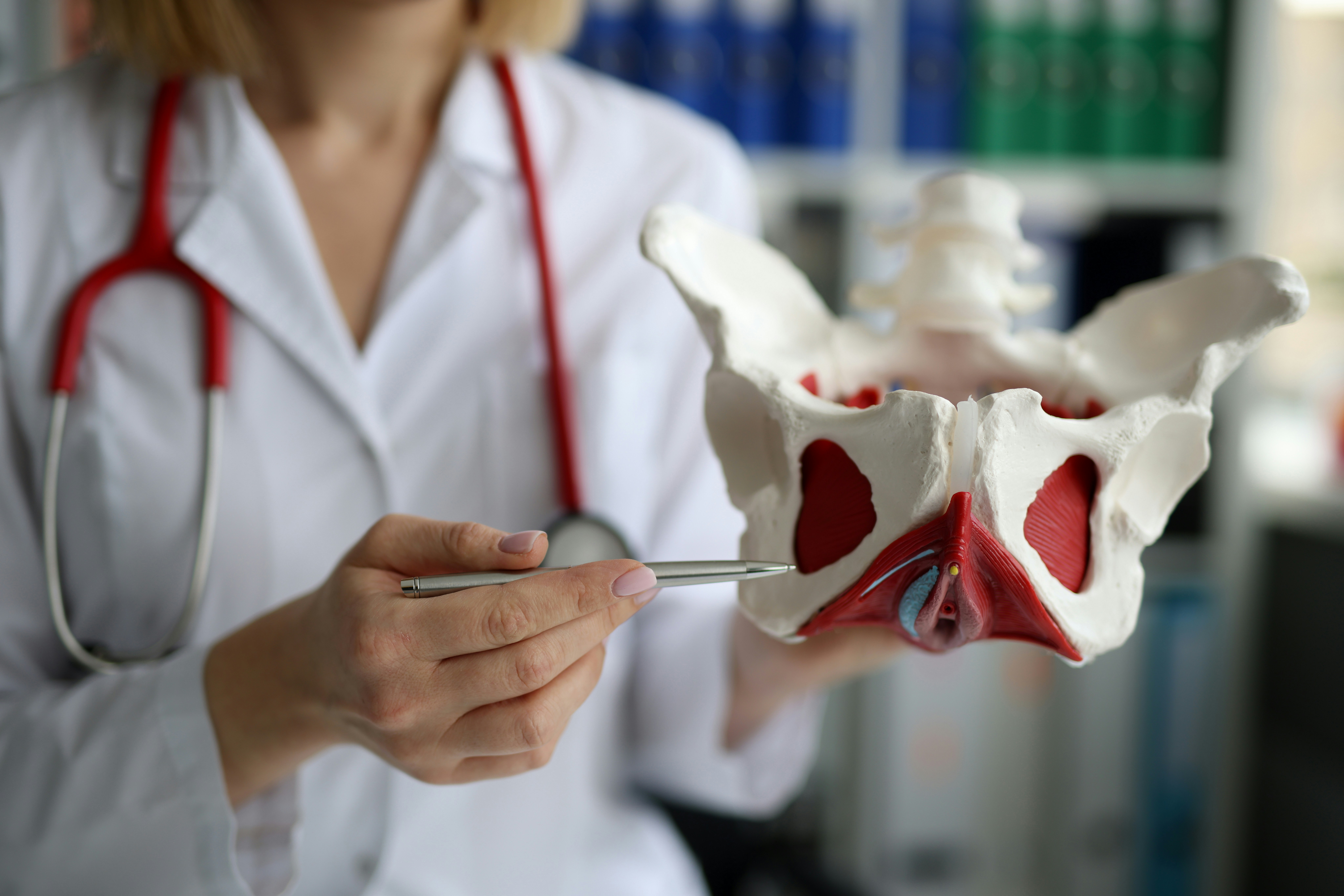
Surgery has come a long way since traditional, open procedures. With technological advancements, many surgical practices have been transformed by integrating robotics. At the heart of this shift is a new breed of medical professionals — surgeons specializing in robotic surgery. The Chief of Robotics is among them, a key figure in making surgeries more efficient, accurate, and less invasive.
The Rise of Robotic Surgery
The use of robotics in surgery is not new, but its rapid growth and adoption are relatively recent. Robotic systems, such as the da Vinci Surgical System, have allowed surgeons to perform minimally invasive procedures with unparalleled precision. These systems feature robotic arms controlled by a surgeon via a console, which offers enhanced visualization and excellent dexterity.
Introducing robotics in the operating room has significantly reduced patient recovery times. Many procedures that once required large incisions can now be performed with just a few small incisions, leading to less pain and a quicker return to everyday life. The development of these systems has been revolutionary, but the Chief of Robotics drives the continual evolution of this field.
The Role of the Chief of Robotics
The Chief of Robotics is not just a surgeon; they are a visionary leader who shapes the direction of surgical innovation. This role requires a combination of expertise in surgery, leadership, and an understanding of cutting-edge technology. The Chief of Robotics ensures their team has the best tools, training, and resources to perform the most advanced robotic procedures.
Part of their job involves staying ahead of technological trends. They work closely with engineers and designers to improve robotic systems, making them more user-friendly and capable of performing an even wider range of surgeries. They also lead the integrating of new robotic systems into hospital settings, ensuring their use aligns with the hospital’s goals and patient care standards.
The Intersection of Surgery and Technology
The most significant aspect of the Chief of Robotics’ role is the seamless integration of technology into surgery. Robotics isn’t just about using machines to perform surgeries; it’s about enhancing surgeons’ skills. Robotic systems enable greater accuracy in delicate procedures, reduce human error, and provide real-time feedback.
Surgeons can now view high-definition 3D images of the operating area, offering more precision than traditional methods. The robotic arms can make smaller, more controlled movements than human hands, which is crucial in complex heart, brain, or spine surgeries.
The use of technology doesn’t end with the machines. Training is critical for robotic surgery. The Chief of Robotics is responsible for designing robust training programs for surgeons to ensure they are skilled in operating robotic systems. These programs often involve simulations and hands-on practice to perfect techniques before operating on patients.
Transforming Patient Care
One of the most exciting aspects of robotic surgery is how it improves patient outcomes. As the Chief of Robotics leads innovation in this field, it’s clear that the benefits for patients are far-reaching. Minimally invasive procedures mean smaller incisions, less bleeding, and reduced risk of infection. This translates to faster recovery times and shorter hospital stays, which are both cost-effective and beneficial for patients.
Robotic surgeries often allow for greater precision and a higher success rate. For example, in prostate surgery, robotic systems allow surgeons to perform intricate tasks like nerve-sparing techniques with minimal impact on surrounding tissue. This results in fewer complications, less scarring, and a quicker return to normal activities for patients.
Robotic surgery is also pushing the boundaries of what’s possible. Surgeons are now performing complex surgeries in remote areas using telepresence technology. With the guidance of a skilled surgeon at a different location, robotic systems allow for real-time surgery, providing access to expert care where it’s needed most.
The Future of Robotic Surgery
The future of robotic surgery holds exciting possibilities. As technology continues to evolve, so will robotic systems’ capabilities. One area of growth is artificial intelligence (AI). AI can analyze vast data and provide insights that improve surgical outcomes. In the coming years, robotic systems can assist surgeons in making decisions in real time, such as identifying the best surgical approach or predicting potential complications.
Another area of development is the use of robotic surgery in more specialties. While the technology has been successful in fields like urology, gynecology, and cardiology, it’s expected to expand into even more areas of medicine. For example, orthopedic surgeries, such as joint replacements, are already benefiting from robotic assistance, and it’s only a matter of time before more specialties adopt this technology.
As the Chief of Robotics continues to innovate, we expect more advances to make surgeries safer, more precise, and accessible to patients worldwide. Robotics is changing how surgeries are performed and the entire healthcare landscape.
The Chief of Robotics plays a critical role in shaping the future of surgery. Their leadership and expertise ensure that robotic technology is effectively integrated into the operating room. Robotic systems have revolutionized patient care, offering less invasive procedures, quicker recovery times, and better outcomes.
As technology advances, the Chief of Robotics will continue to drive the evolution of this field, ensuring that surgeries become even more precise and efficient. The future of robotic surgery looks bright, and the Chief of Robotics will remain at the forefront, pushing the boundaries of what’s possible in modern medicine.